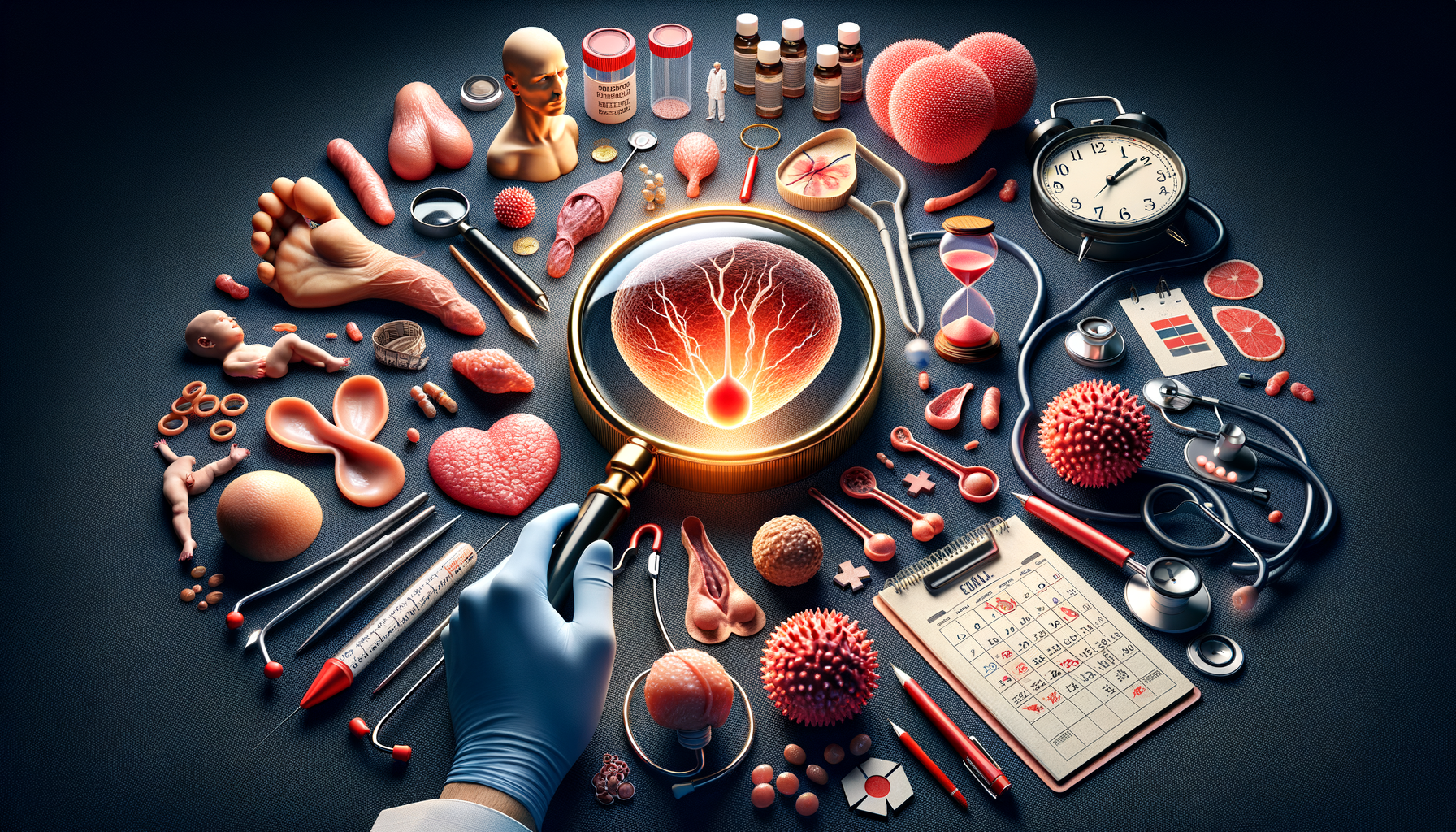Introduction to Testicular Cancer
Testicular cancer is a relatively rare form of cancer, yet it holds significant importance due to its impact on young and middle-aged men. While it accounts for a small percentage of all male cancers, it is the most common cancer in men between the ages of 15 and 35. Understanding the early signs and the importance of regular screening can lead to early detection, which is crucial for effective treatment and a high survival rate.
Early detection of testicular cancer can dramatically improve treatment outcomes. The disease is highly treatable, especially when caught in its initial stages. Regular self-examinations and awareness of the symptoms are vital steps that can lead to prompt medical evaluation and intervention. This article delves into the early signs of testicular cancer, the significance of screening, and the available treatment options.
Recognizing the Early Signs
Identifying the early signs of testicular cancer can make a significant difference in treatment success. The most common symptom is a lump or swelling in one of the testicles. While not all lumps indicate cancer, it is essential to have any irregularities checked by a healthcare professional. Other symptoms may include:
- A feeling of heaviness in the scrotum
- Dull ache in the abdomen or groin
- Sudden collection of fluid in the scrotum
- Discomfort or pain in a testicle or the scrotum
These symptoms do not necessarily mean cancer but should prompt a visit to a doctor for further evaluation. Early detection through awareness of these signs can lead to early intervention and better outcomes.
The Importance of Regular Screening
Regular screening for testicular cancer is not as widely recommended as for other cancers, such as prostate or breast cancer. However, self-examinations play a crucial role in early detection. Men are encouraged to perform monthly self-examinations to familiarize themselves with the normal size and feel of their testicles, making it easier to notice any changes.
Medical professionals may recommend more frequent screenings for those with a family history of testicular cancer or other risk factors. Regular check-ups with a healthcare provider can also aid in early detection, especially if any symptoms are present. The key is to maintain an open dialogue with healthcare professionals and seek advice when any abnormalities are detected.
Treatment Options for Testicular Cancer
Once diagnosed, the treatment for testicular cancer depends on the stage and type of cancer. The primary treatment options include surgery, radiation therapy, and chemotherapy. Surgery, often the initial treatment step, involves the removal of the affected testicle in a procedure known as an orchiectomy. This can often be curative for early-stage cancer.
For more advanced stages, additional treatments such as chemotherapy or radiation therapy may be necessary. Chemotherapy uses drugs to destroy cancer cells, while radiation therapy uses high-energy rays to target and kill cancer cells. Both treatments have shown effectiveness in managing and eradicating testicular cancer, with high survival rates when the disease is detected early.
Conclusion: Emphasizing Awareness and Regular Check-ups
Testicular cancer, while rare, poses a significant health risk to young and middle-aged men. Early detection through awareness of symptoms and regular self-examinations is crucial. Medical evaluations and professional advice play a vital role in ensuring effective treatment and a high survival rate.
By understanding the early signs and the importance of screening, men can take proactive steps in managing their health. Regular check-ups and open communication with healthcare providers are essential components of effective care. As awareness grows, the potential for early detection and successful treatment increases, offering hope and reassurance to those affected by this condition.




Leave a Reply